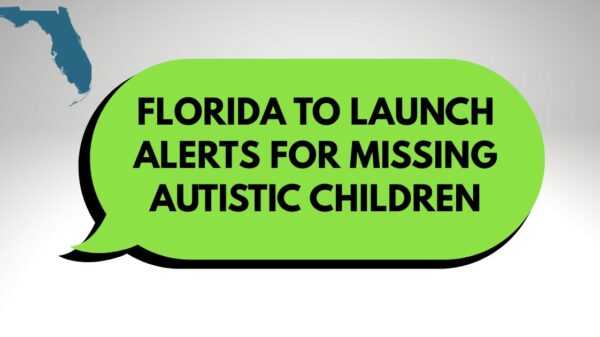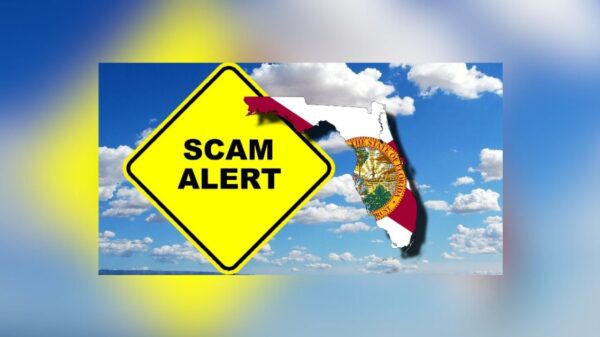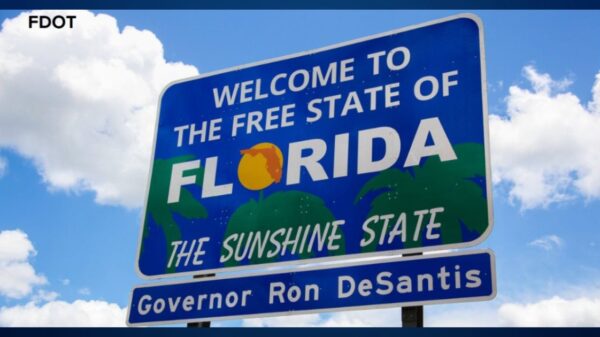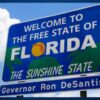On Thursday, the Florida Division of Emergency Management (Division) highlighted the end of the 2023 Atlantic Hurricane Season which saw a total of 20 named systems, including Hurricane Idalia which made landfall in Florida as a high-end Category 3 storm in late August.
The Atlantic Hurricane Season began on June 1 and officially ended as of November 30, 2023.
“After a very active 2023 season, and the devastating impacts from Hurricane Idalia, it is important for communities to prepare now for the 2024 season, as disasters can happen at any time,” said FDEM Executive Director Kevin Guthrie. “As we get ready to make a plan for the next hurricane season, we would be remiss if we didn’t thank the first responders and State Emergency Response Team for their hard work during the 2023 season. It is with their dedication to the residents of Florida that we are able to respond to and recover from disasters faster than ever before.”
During the 2023 Atlantic Hurricane Season, Florida was impacted by Hurricane Idalia, which at its peak was a Category 4 storm that eventually made landfall in Keaton Beach, Florida as a high-end Category 3 Hurricane on August 30.
Leading up to the storm, a State of Emergency was declared for 49 counties in Florida and pre-disaster staging including over 200 Starlinks for anticipated signal outages, readying search and rescue operations, and coordinating with necessary private, nonprofit, local and federal partners.
Immediately after the storm made landfall the State Emergency Response Team (SERT) mobilized and began assisting impacted residents. More than 500,000 meals, 400,000 1-liter waters and 10,000 tarps were distributed at Point of Distribution (POD) locations.
Severe Weather Safety Tips For Floridians:
If you have outdoor activities planned, check the weather forecast before leaving the house for extended periods outdoors and watch for signs of approaching storms while outside. Postpone any outdoor activities if storms are imminent. If severe weather is likely in your area, be sure to follow these additional important safety tips:
Ensure your NOAA All-Hazards Weather Radio is on and programmed for your area or stay tuned to a trusted local media outlet for the most current weather in your area.
Ensure your disaster supply kit is prepared and heed all instructions from local officials. For tips to help you build a kit, please visit www.FloridaDisaster.org/Kit
Make a plan for what you will do and where you will go in case of a severe thunderstorm warning or tornado warning in your area.
Severe Thunderstorm Watch v. Warning
Severe Thunderstorm Watch – Weather conditions favor thunderstorms capable of producing large hail or damaging wind at this location. Be prepared.
Severe Thunderstorm Warning – Large hail or damaging wind is occurring or will shortly at this location. Seek shelter.
Tornado Watch v. Warning
Tornado Watch – Weather conditions favor thunderstorm capable of producing tornadoes at this location. Be prepared.
Tornado Warning – A tornado is occurring or will shortly at this location. Seek shelter immediately in an interior room, away from windows.
Flooding
Make a flood emergency action plan.
Evacuate immediately, if advised to do so. Bring important documents with you.
Never drive through flooded roadways. TURN AROUND, DON’T DROWN!
The Florida Division of Emergency Management encourages all residents to have multiple ways to receive weather alerts, including local alerts in their area. To find your local notification system, please visit www.FloridaDisaster.org/AlertFlorida. For more severe weather safety tips, visit FloridaDisaster.org.























